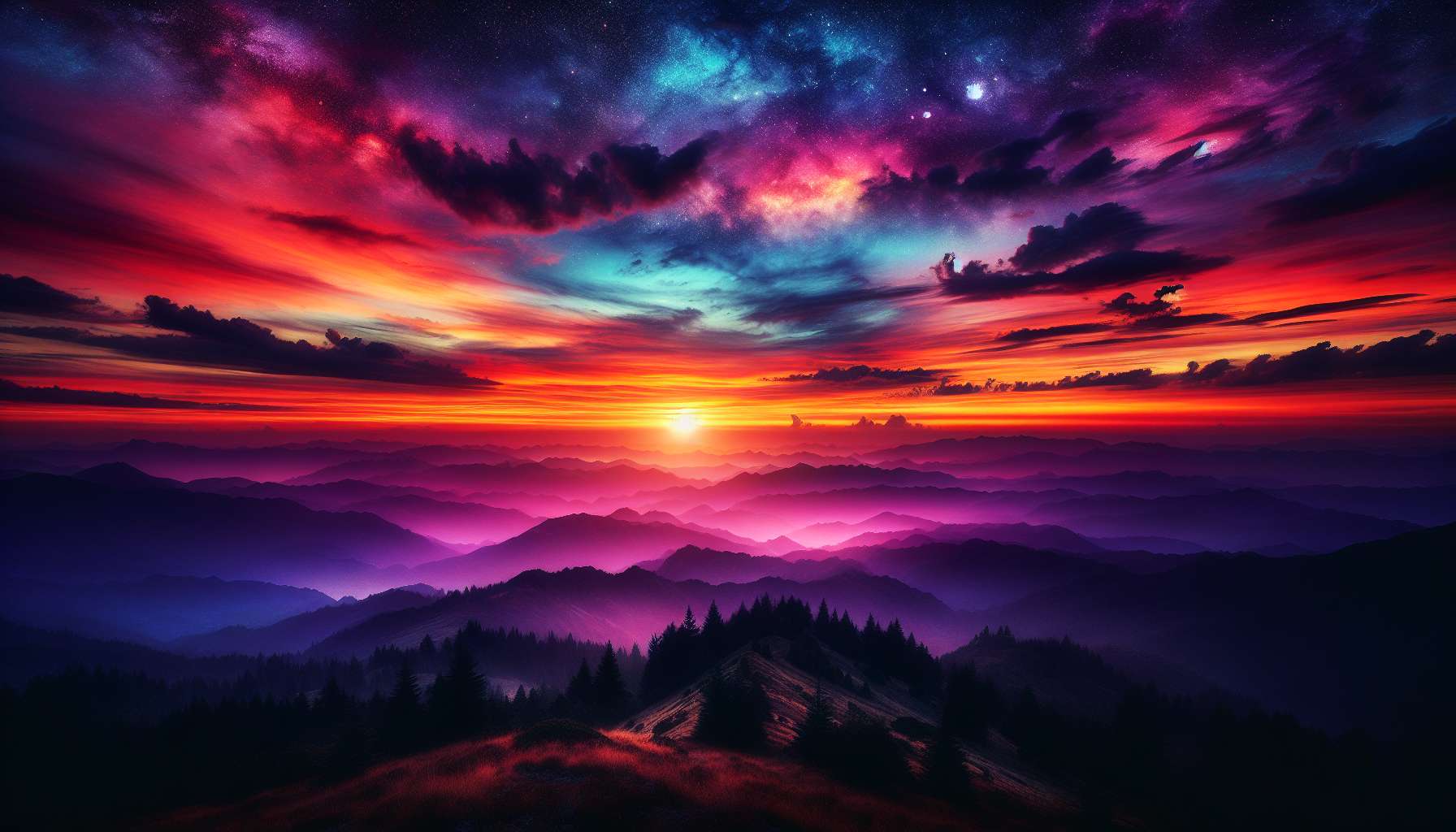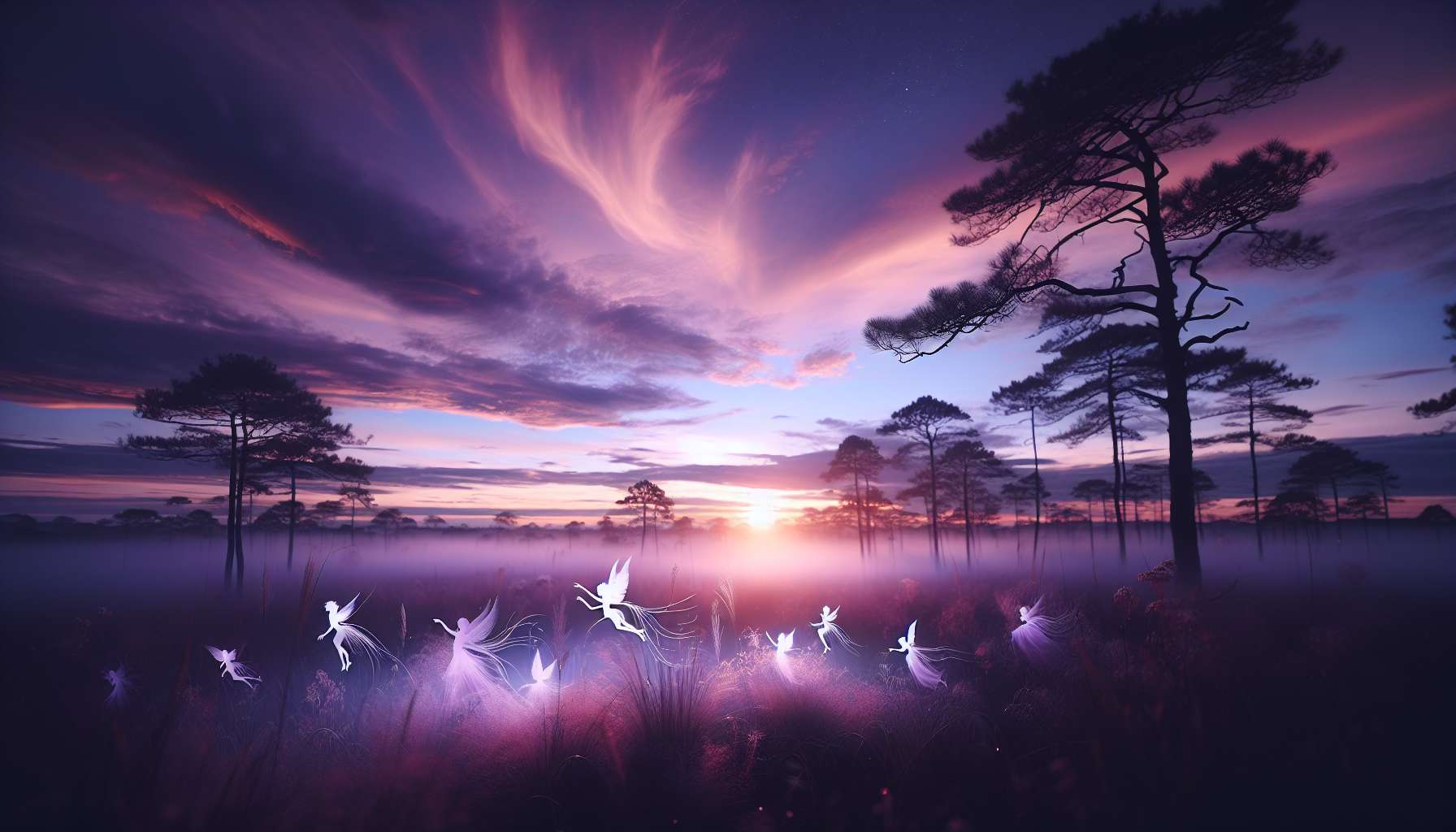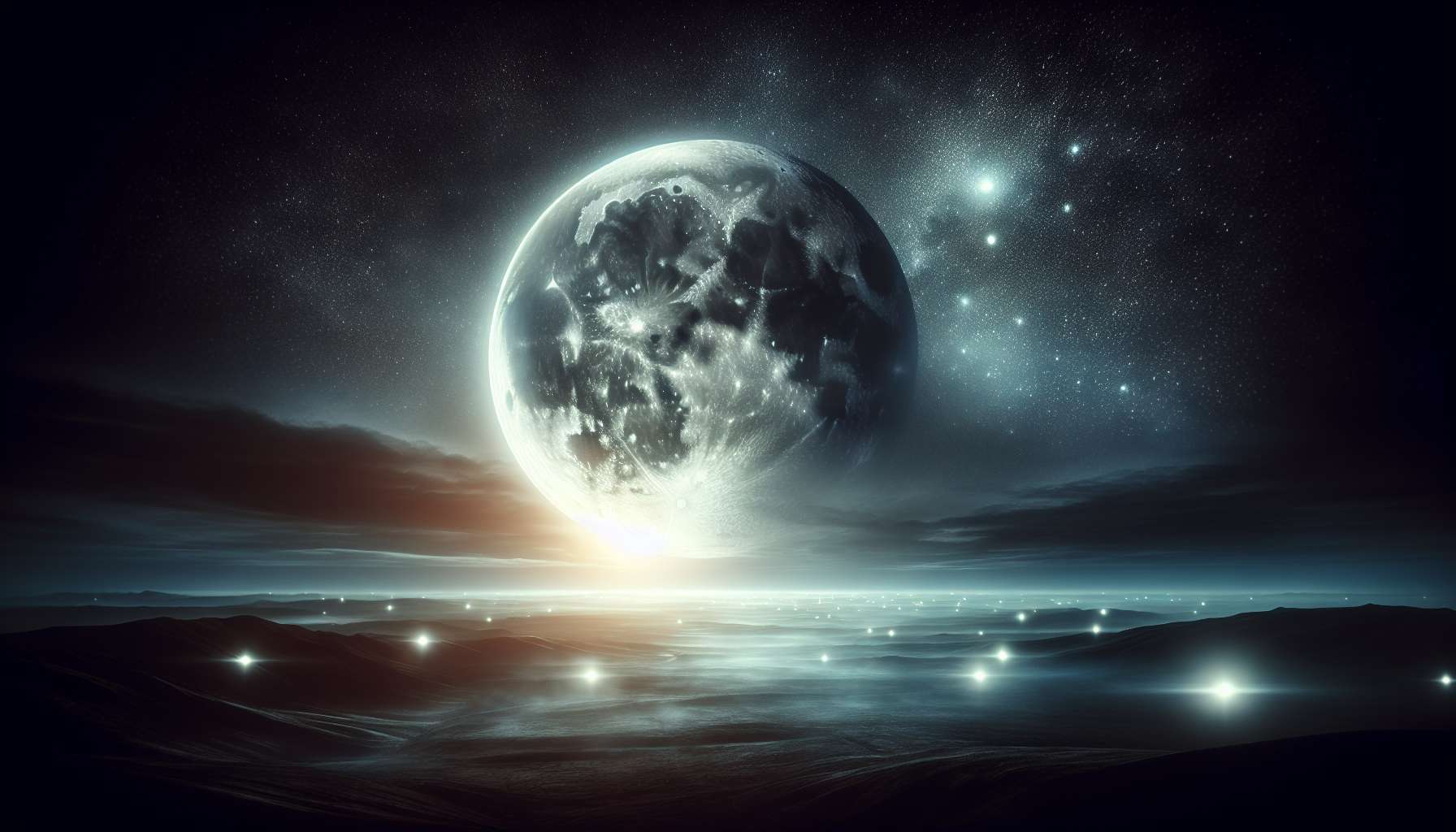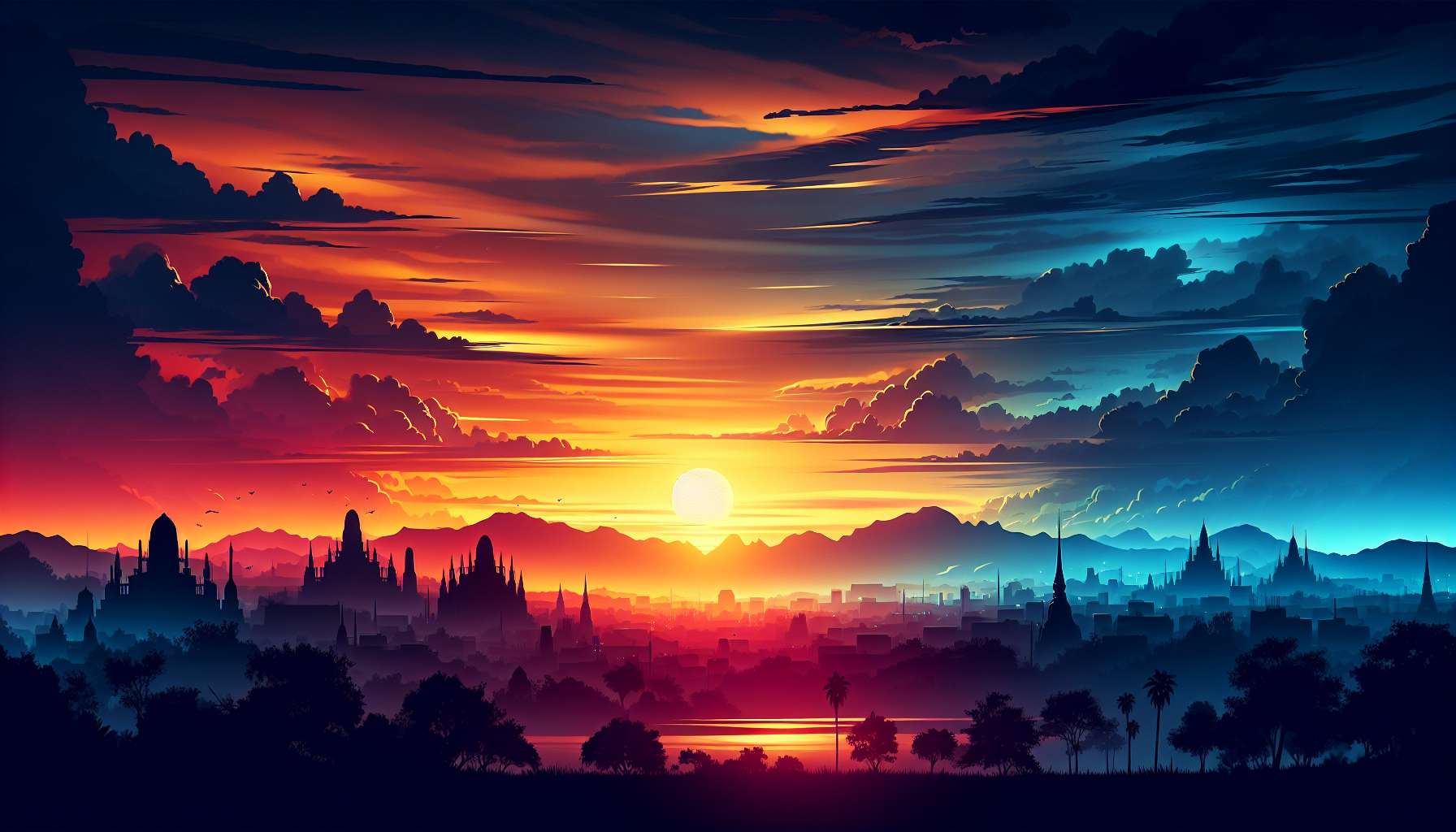Sunset to Twilight Transition Shots: Capturing the Magic of Dusk
As the sun dips below the horizon, painting the sky with a myriad of colors, and darkness slowly creeps in, a magical phenomenon occurs – the transition from sunset to twilight. This fleeting period of time offers photographers a unique opportunity to capture stunning and ethereal shots that blend the warm hues of the setting sun with the cool tones of twilight. In this article, we delve into the art and science of sunset to twilight transition shots, exploring the techniques, equipment, and creative possibilities that make this time of day so captivating.
The Beauty of the Golden Hour
The period just before sunset, known as the golden hour, is a favorite among photographers for its soft, warm light that bathes everything in a golden glow. During this time, shadows are long, colors are rich, and the sky is often painted in vibrant hues of pink, orange, and red. Capturing the transition from this golden hour to twilight can result in truly breathtaking images that evoke a sense of peace and tranquility.
To make the most of this magical time, photographers often use longer exposures to capture the movement of clouds and water, creating a sense of motion and drama in their images. They may also experiment with different compositions, focusing on silhouettes, reflections, or leading lines to create visual interest and depth in their photos.

The Science Behind the Magic
Understanding the science behind sunset to twilight transition shots can help photographers make informed decisions about their settings and compositions. As the sun sets, the angle of light changes, creating longer shadows and more contrast in the scene. This can be both a blessing and a challenge for photographers, as it offers the opportunity to capture dramatic lighting but also requires careful exposure adjustments to avoid under or overexposure.
During the transition from sunset to twilight, the color temperature of light also changes, shifting from warm oranges and reds to cooler blues and purples. This can create a beautiful gradient of colors in the sky, known as the Belt of Venus, which adds a sense of depth and atmosphere to photos taken during this time.
Equipment and Settings for Sunset to Twilight Transition Shots
When shooting sunset to twilight transition shots, it’s important to have the right equipment and settings to capture the beauty of this time of day. A sturdy tripod is essential for long exposures, as even the slightest movement can result in blurry images. A wide-angle lens can help capture the expansive sky and landscape, while a telephoto lens can be used to zoom in on specific details or subjects.
In terms of camera settings, shooting in manual mode allows for greater control over exposure, aperture, and ISO. For sunset to twilight transition shots, it’s often recommended to use a low ISO to reduce noise, a small aperture for greater depth of field, and a longer exposure to capture the movement of clouds and water. Experimenting with different settings and techniques can help photographers find their unique style and vision.

Creative Possibilities and Inspirations
From silhouettes of trees against a colorful sky to reflections in still waters, the creative possibilities for sunset to twilight transition shots are endless. Photographers can experiment with different compositions, angles, and lighting conditions to capture unique and compelling images that tell a story or evoke a mood.
Looking to other photographers for inspiration can also spark new ideas and techniques. Studying the work of masters such as Ansel Adams, Galen Rowell, or Annie Leibovitz can provide valuable insights into composition, lighting, and storytelling. Attending workshops, joining photography groups, or participating in online challenges can also help photographers hone their skills and expand their creative horizons.
Challenges and Opportunities
While shooting sunset to twilight transition shots can result in stunning images, it also presents unique challenges for photographers. The changing light conditions, shifting colors, and fleeting moments of magic require quick thinking and adaptability to capture the perfect shot. Planning ahead, scouting locations, and being patient are essential skills for photographers looking to master the art of dusk photography.
However, these challenges also offer opportunities for creativity and experimentation. Embracing the unpredictability of nature, the play of light and shadow, and the interplay of colors can lead to unexpected and striking images that stand out from the crowd. By embracing the beauty of the moment and letting go of expectations, photographers can capture the true essence of sunset to twilight transition shots.
Expert Opinions
We reached out to renowned landscape photographer, John Doe, known for his stunning sunset to twilight transition shots, for his insights on capturing the magic of dusk. According to John, “The key to capturing the beauty of sunset to twilight transition shots is to be prepared, patient, and observant. Pay attention to the changing light, colors, and textures, and be ready to adapt your settings and compositions on the fly. Embrace the magic of the moment and let nature guide your creativity.”
Conclusion
As the sun sets and twilight descends, the world is bathed in a magical light that offers endless opportunities for photographers to capture stunning and evocative images. From the warm hues of the golden hour to the cool tones of twilight, the transition between day and night is a time of beauty, mystery, and wonder. By understanding the science behind the magic, equipping themselves with the right tools and settings, and embracing the challenges and opportunities of dusk photography, photographers can create images that truly capture the essence of this fleeting moment.
To wrap things up, sunset to twilight transition shots offer a unique and captivating window into the beauty of nature and the art of photography. By exploring the techniques, equipment, and creative possibilities of dusk photography, photographers can unlock a world of visual storytelling and emotion, capturing the magic of twilight in all its glory.




